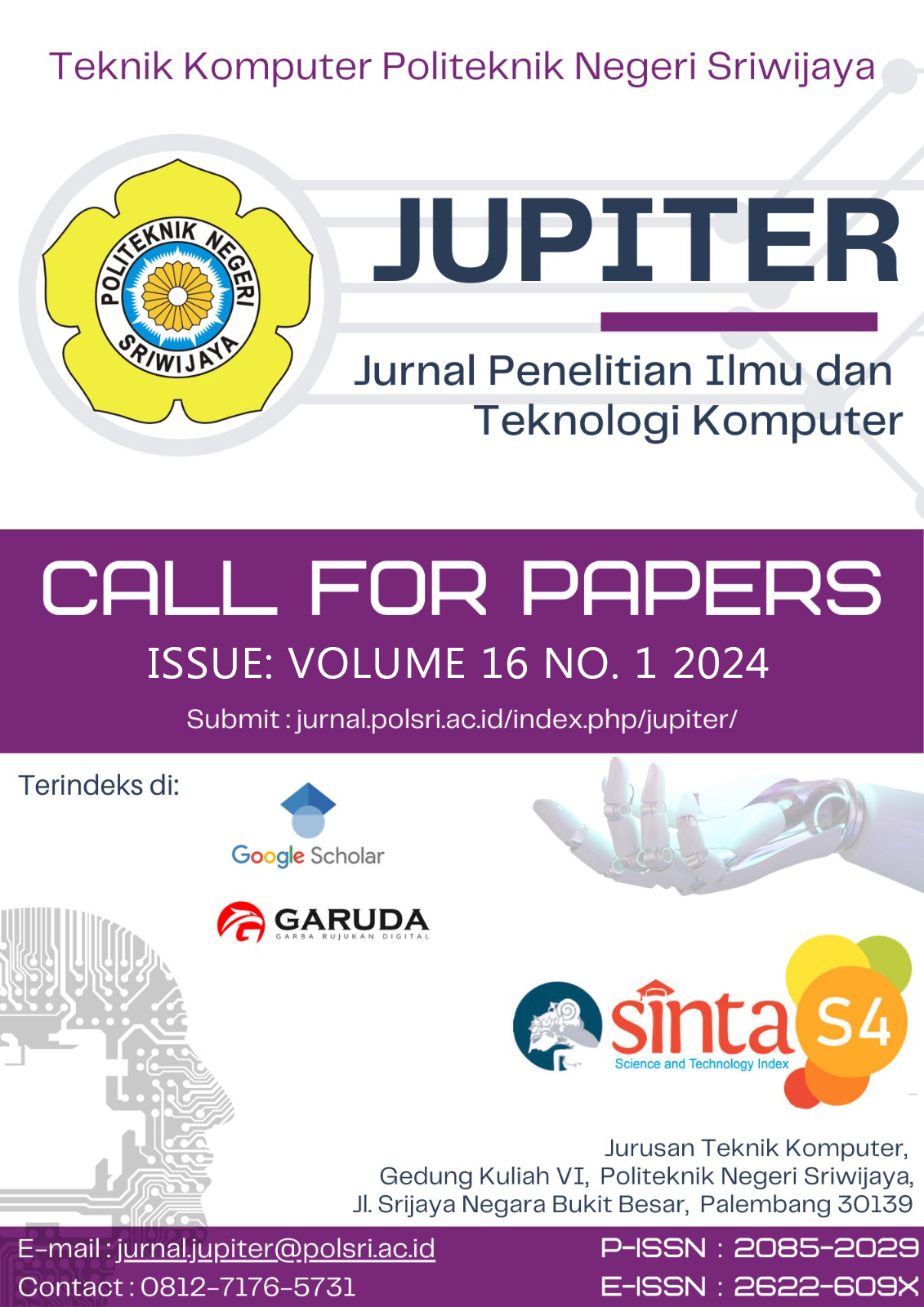Geographic Information System Mapping the Distribution of Stunting Using the K-Means Method in Sitiotio District
DOI:
https://doi.org/10.5281/zenodo.10570294Abstract
One of the health issues that often arise in Indonesia is stunting. Stunting is a nutritional condition assessed based on the PB/U or TB/U index, with measurement results in the range of -2 SD to -3 SD (short/stunted) and less than -3 SD (very short/very stunted) in anthropometric-based child nutritional status assessment. The purpose of this research is to develop a Geographic Information System (GIS) using the K-Means method to identify the distribution of stunting cases in Sitiotio Sub-district. K-Means is a data clustering method that divides data into groups based on similarity, with each group being in a different location. The results of the analysis using the K-Means method to map the distribution of stunting cases in the region are as follows: Cluster 1 (Green Zone) includes the Sabulan, Buntuh Mauli, Janjimaria areas. Cluster 2 (Yellow Zone) includes the areas of Parsaoran vg, Holbung. Cluster 3 (Red Zone) includes the areas of Cinta Maju, Janjiraja, Tamba Dolok. The creation of a Geographic Information System (GIS) to map stunting cases in Sitiotio Sub-district aims to provide more efficient information in mapping, monitoring, and decision-making related to handling stunting cases.
Downloads
Downloads
Published
How to Cite
Issue
Section
License
Copyright (c) 2024 Andi Roi Berlian Siringoringo, Kana Saputra

This work is licensed under a Creative Commons Attribution 4.0 International License.







